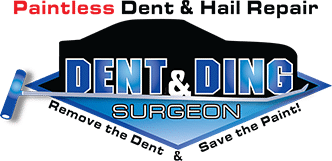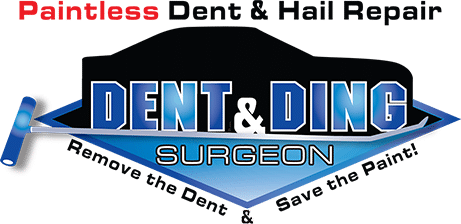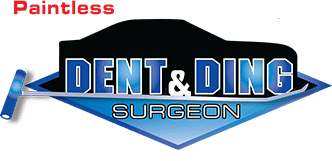PDR is the logical first-choice solution for auto dent repair if the paint finish in the damaged area is not cracked, split, or broken. Where possible, Paintless Dent Repair is preferred over conventional auto body repair due to the following advantages:
- Less expensive than traditional auto body paint and bodywork.
- Fast and convenient. Even minor dent repairs can keep your car tied up in a body shop for days.
- Repair quality. PDR does not attempt to conceal damage. The damage is removed permanently and provides a repair that is the closest thing to its original state.
- Increases the value of your vehicle.
- Retains the vehicle’s original durable finish and manufacturer paint finish warranty.
- Preserves the factory structural integrity of your vehicle as original body panels remain intact.
- Environmentally-friendly form of dent repair.
Paintless dent repair is highly effective in the following circumstances:
– minor dings to larger dents
– later model vehicles (1990 and later)
– paint finish in damaged area is not fractured, cracked, or broken
– damage is not located on the edge of a panel
– damaged area has not had previous body work or filler (body putty) applied under the dented area
Roughly 95% of door dings, small to large dents, crease dents, and hail damage where the paint is not damaged or metal severely stretched may be successfully repaired using PDR. When the damage may be too severe for successful PDR, the following conditions may exist:
– very sharp dings that crack or break the paint finish.
– severely stretched or very sharp crease dents.
– dents located in double reinforced metal areas such as the edge of panels, doors, hoods, or trunk.
– previously damaged areas where body filler has been used under the affected area.*
* If your vehicle has been repainted and no body putty has been used under the damaged area, PDR may be very successful. This is very important for custom-painted vehicles.


